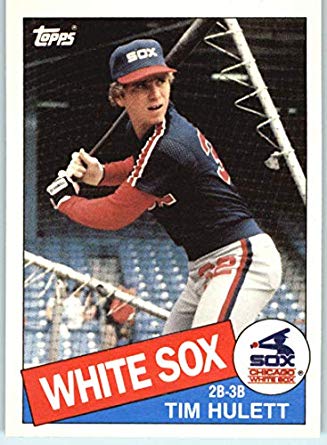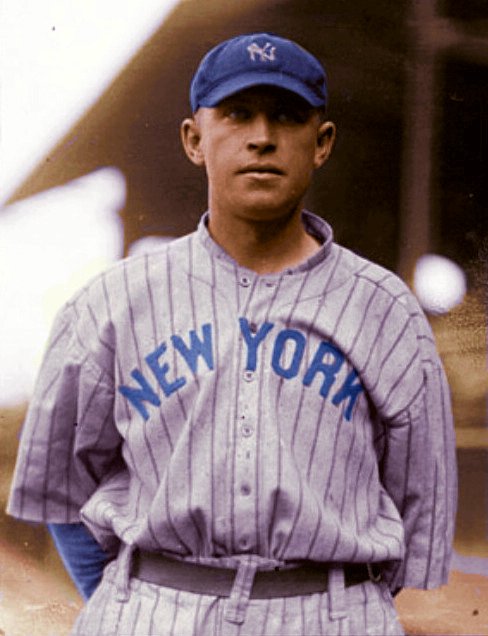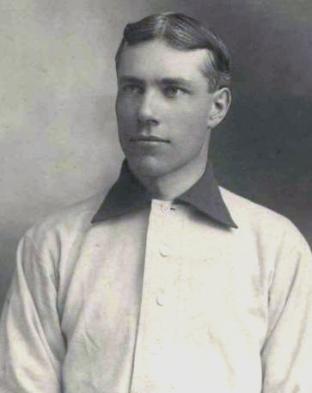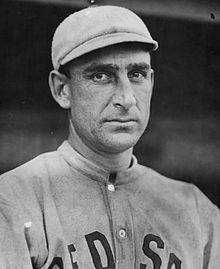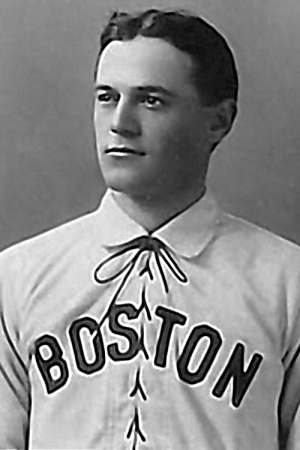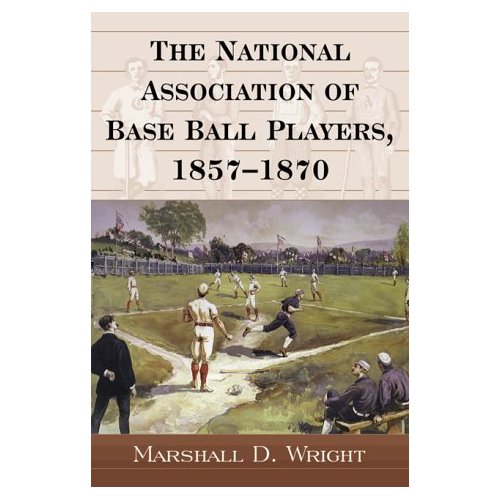Stub Smith- Born in Elmwood
Central Illinois has had many major league baseball players in history. Let’s look at them from the 12 counties that we have selected to become Central Illinois. (Logan, McLean, DeWitt, Woodford, Fulton, Peoria, Mason, Tazewell, Cass, Morgan, Menard, Sangamon). There is virtually nothing written about this player. STUB SMITH- Born in Elmwood,…

